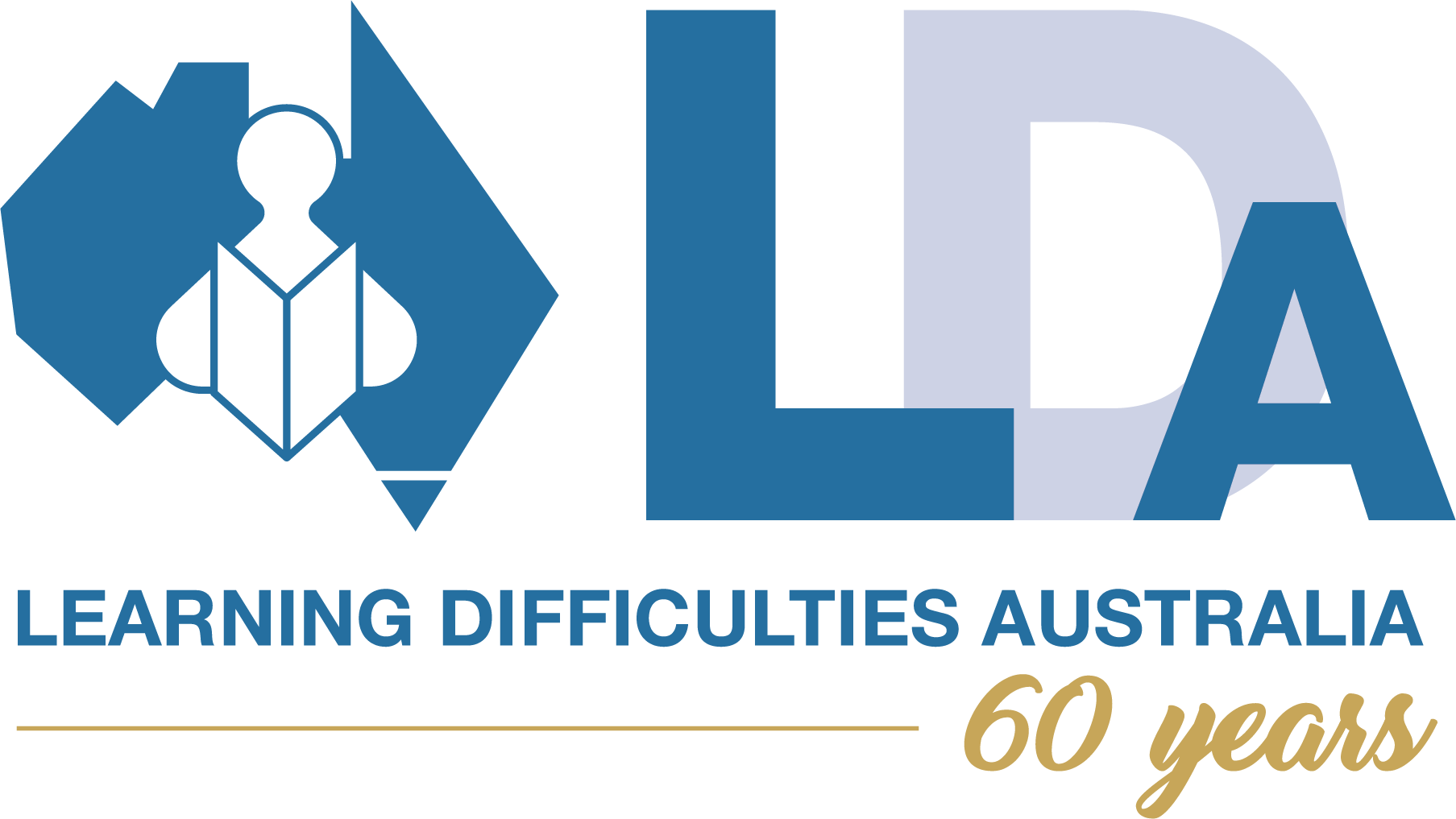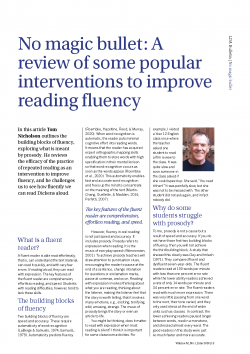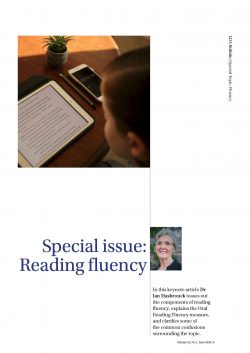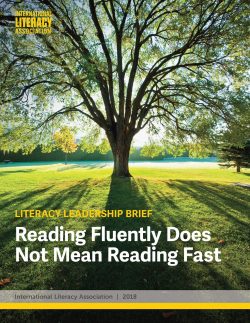Oral reading fluency (ORF) deficits are a hallmark of reading difficulties. The impact of fluency struggles extends beyond word-level...
Oral reading fluency (ORF) deficits are a hallmark of reading difficulties. The impact of fluency struggles extends beyond word-level difficulties to include deficits in reading comprehension. Sixteen empirical studies conducted in 2000-2019 that examined ORF interventions among elementary students...
Oral reading fluency (ORF) deficits are a hallmark of reading difficulties. The impact of fluency struggles extends beyond word-level difficulties to include deficits in reading comprehension. Sixteen empirical studies conducted in 2000-2019 that examined ORF interventions among elementary students identified as having reading difficulties were reviewed to identify the characteristics (e.g., instructional variables, group size, type of interventionist) of effective ORF interventions and their impact on English oral reading fluency and reading comprehension outcomes. The systematic review revealed that interventions reported centered around repeated reading procedures (86.5%). Across the 16 studies, outcomes for oral reading fluency varied widely and most focused on speed and rate aspects rather than prosody. Effect sizes for rate and accuracy measures ranged from negligible to large (i.e., 0.01 to 1.18) and three studies found large effects for prosody outcomes. Effect sizes for reading comprehension ranged between non-significant and large significant effects. Findings support the use of repeated reading of text to build up ORF of students with reading difficulties. Interventions that were found to be most effective were those that were conducted one-on-one with a trained model of fluent word reading and accuracy. Findings also point to three gaps in our understanding:
(1) the efficacy of interventions other than repeated reading,
(2) effects of ORF interventions on prosody outcomes, and
(3) sustainability of outcomes.



